On the face of it, pretrial hearings aren’t usually televised. Advisements and arraignments are, however. Thus far Chris Watts has made two court appearances, the first on Thursday August 16 [three days after the murders, and before the children’s bodies had been recovered] the second on Tuesday August 21. Both hearings were packed with media, and both were televised. The first hearing was held in a modest court room, the second in a larger court.
When 9News reported on the second appearance in the four-row courtroom “filled almost entirely with media”, they concluded:
Chris Watts’ trial has generated media attention from around the world. During Tuesday’s hearing, the judge said this has meant furthering proceedings will have to be held in [an even] bigger courtroom.
As I understand it, both those hearings in August were advisements.

What is unusual about this case is the Warrantless Arrest Affidavit. Conventionally an arrest warrant is issued with reasons and facts. Think of a parking or traffic fine. The document, when issued, has all the pertinent information on it – time, date, location, infringement, license plate etc.
A warrantless arrest is executed by an affiant [a cop, sheriff or prosecuting attorney], and is done where there is probable cause. In other words, Watts was issued the warrant but not provided a full disclosure of facts or reasons for his arrest. In effect the warrant states:
We’re arresting you. We know what you did. We’re not ready to say what we know but we know enough.
It’s the equivalent of a traffic cop witnessing a car crash out of the corner of his eye. He doesn’t quite see what happens, he’s not quite sure what has happened, but he knows enough to take the driver into custody right then and there.
Given that Watts was arrested before the cadavers of his children were recovered [they were located and in the process of being recovered] we can see why the warrantless arrest was necessary. You want to secure your suspect ASAP but you’re also clearly not in possession of all the remains. Make sense?

So why is this hearing not being televised?
A status conference is kind of a private and confidential pretrial trial where various issues are decided before commitments are made to invest in a full-blown trial. Think of it as the foreplay leading to an official engagement announcement. That stuff tends to be private. Both parties are basically deciding how confident they feel about their positions, how attractive the offers and proposals are, what they can get away with, and it’s also about the position and commitment of the other party.
A status conference is a court-ordered meeting with a judge (or under some circumstances an authorized counsel) where they decide the date of the trial or to get updated information on a defendant for ongoing conditions, set forth previously by the courts such as house arrest or home monitoring.
A meeting of the judge and the lawyers (or unrepresented parties) in a pending legal matter, to determine how the case is progressing. At the status conference, the judge may ask about what discovery has been conducted, whether and how the parties have tried to settle the case, and other pretrial matters.
If a party does not attend the status conference, that party’s requests for scheduling changes will be ignored. If the plaintiff and/or a representative of plaintiff does not attend the status conference, the action may be dismissed.
Chris Watts’ appearance in Weld County District Court today for for a status conference is supposed to be his last court appearance before he’s scheduled for an arraignment. The arraignment is where he enters a guilty or not guilty plea.
The status hearing allows Watts the opportunity to preempt an arraignment. If so, the case is also settled outside of the glare of cameras. So no potentially controversial moment is recorded on camera when the District Attorney [for example] says, “Deal,” and everyone shakes hands and pats one another on the back.
Although pretrial hearings aren’t televised, an enormous number of news outlets have applied regardless. Do none of these media agencies know the law? It’s doubtful.

On the other hand, there were a lot of media motions for expanded coverage of the first two hearings, and only some limited coverage was allowed, due to a combination of practical and logistical constraints.

So why would the media apply for expanded coverage if they ought to know better? It may be that they’re simply taking their chances in the hope of a “break”. It may also be that they know, or suspect, this may be their last opportunity to get a bite at the cherry. Meaning: if there is a plea bargain, then that closes the book essentially on this case. The trial is shut down and the media narrative eclipsed.
Although today’s hearing may simply be a procedural status conference with no plea deal, the fact that it’s been moved forward by two weeks suggests some kind of urgency. This in itself is unusual as well. Remember, we’re in a scenario right now where there’s a separate trial pending for the release of the autopsy reports.
The media scrutiny of this case isn’t unprecedented, but it’s at the top of the pile when it comes to America’s high-profile cases right now. The response thus far hasn’t been to take the media into confidence, so-to-speak, from either party. This, and the scheduling of the hearing on the same day as the mid-term election when media resources will be stretched thinnest strongly suggests a deal is in the offing.

Below is a copy of a request for expanded media coverage in the arraignment of Aurora shooter James Holmes. The Arapahoe Court granted limited permission to some, and denied permission to others. The motion as a whole is also redacted.




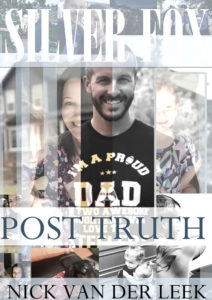
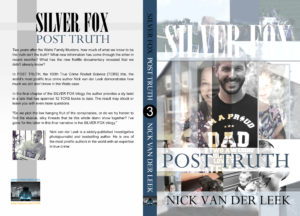

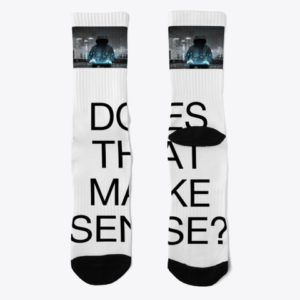

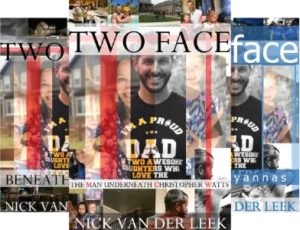

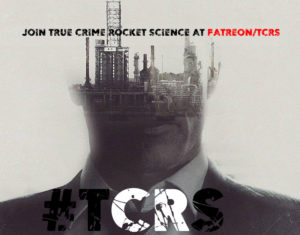

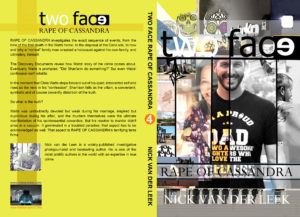
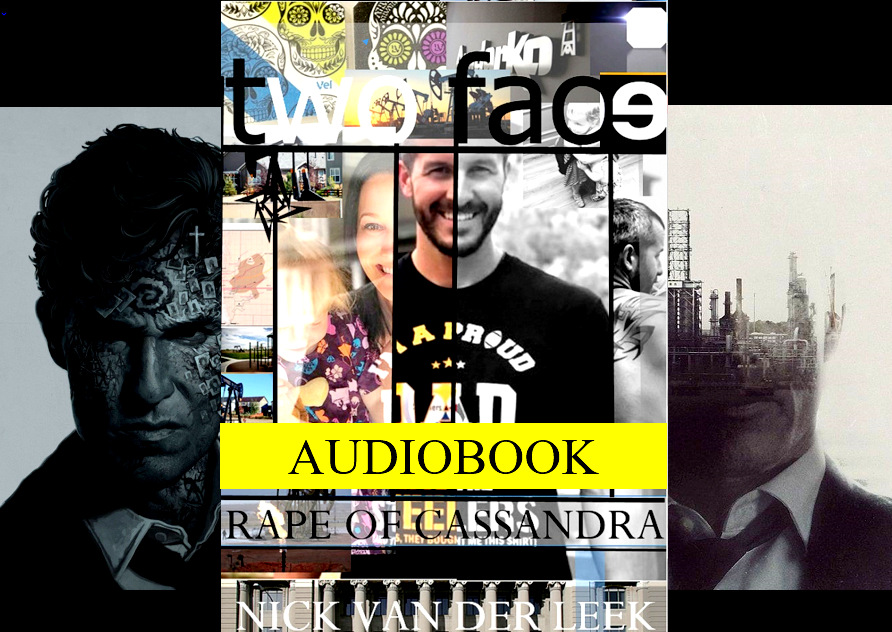
Recent Comments